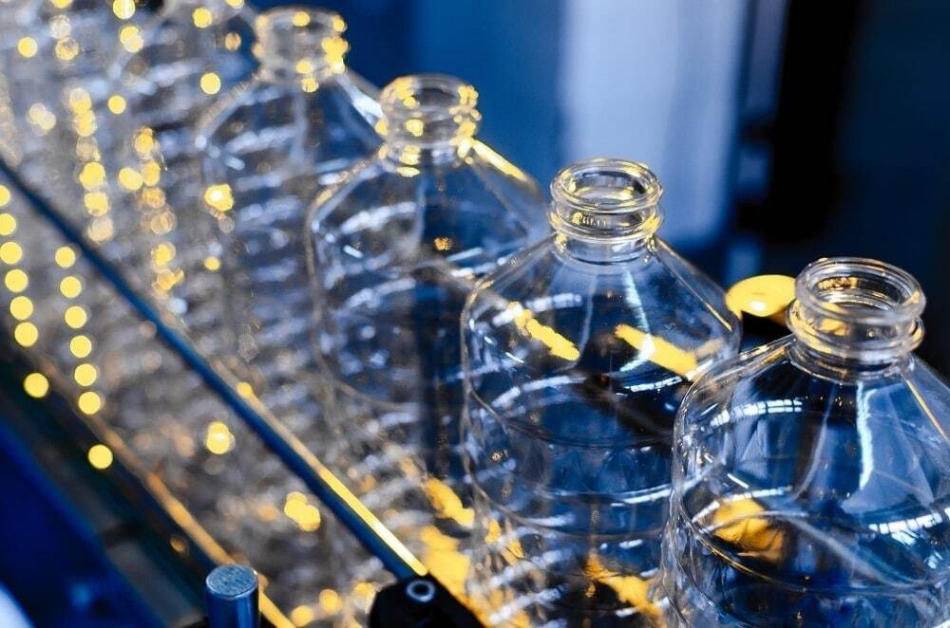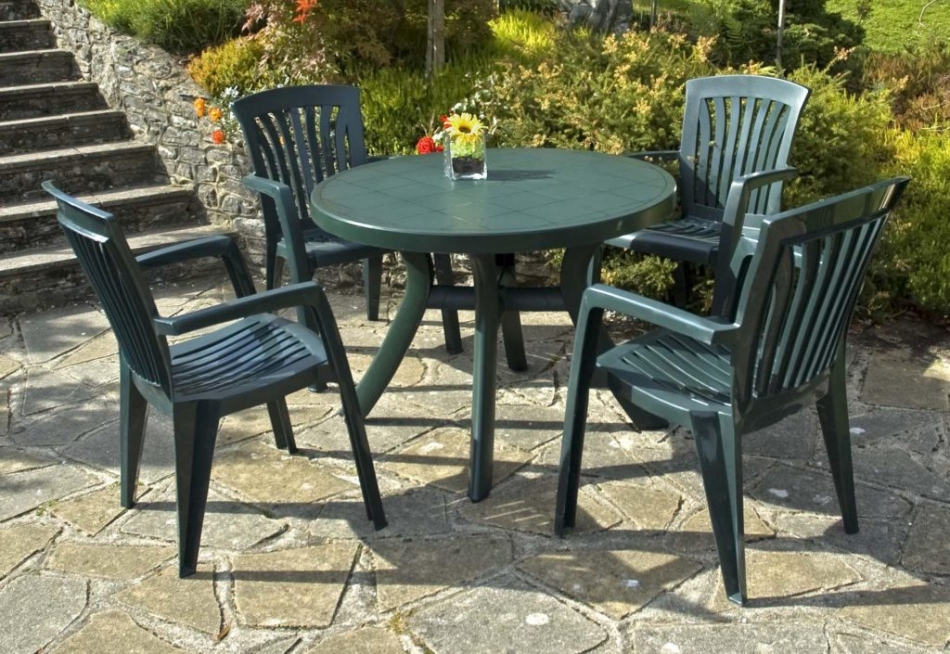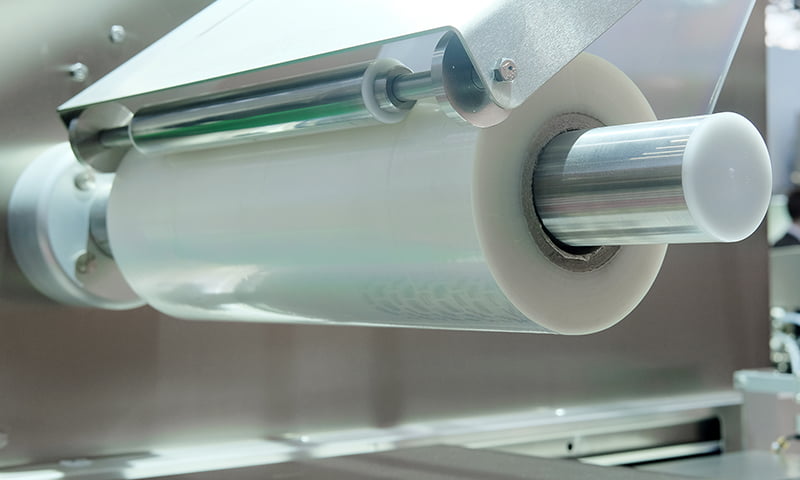Very often, polymeric materials are prone to several degradative factors during their service lives. Hence, the application of anti-aging additives in plastic products is absolutely essential to increase their effectiveness and longevity. In this article, let’s take a brief look at these substances to see how they can lift your plastic products’ performance.
Basically, polymer degradation (also known as aging or oxidation) refers to a phenomenon in which beneficial mechanical properties of plastic products tend to disappear or be replaced with negative ones, such as color fading, color change, or cracking. The introduction of oxygen causes this into the polymer's molecular structure, which then shortens the polymer chains, thus resulting in molecular weight reduction and permanent change within the plastic.
1. What causes the plastic aging process?
The main reason for this process lies in the formation of free radicals. Normally, they are created by two main ways:
1.1. In manufacturing process
Free radicals can be found within plastic formulations as unintentional residual byproducts of polymerization, as formulation additives, or as contaminants. Besides, external effects (such as high temperature, the physical impact of machines,...) also contribute to the formation of free radicals. These free radicals then react with oxygen to attack the polymer backbone covalent bonds.
 Free radicals can be found within plastic formulations as unintentional residual byproducts of polymerization
Free radicals can be found within plastic formulations as unintentional residual byproducts of polymerization1.2. In service life
Throughout their lives, plastic products are exposed to various environmental factors such as sunlight, moisture, high temperature, dirt, and chemicals,... These will gradually create free radicals, resulting in the incorporation of oxygen into the backbone structure, thus reducing the molecular weight of the polymer.
2. What are anti-aging additives? Common types and mechanism of action
Anti-aging additives are effective weapons for plastic manufacturers to prevent the oxidation process from degrading the polymer’s mechanical properties, thus maintaining its good condition and lengthening its longevity. Based on the above causes, anti-aging additives are divided into two main categories for better effectiveness.
2.1. Anti-aging additives in manufacturing process
These are used to protect polymers from the negative effects of the oxidation process caused by free radicals. As mentioned above, free radicals are often formed as a result of byproducts of polymerization, or external effects (heat, physical impact,...) during the manufacturing process. They can initiate a chain of oxidation within the plastic, which ends up with molecular weight reduction of the polymer and some unexpected characteristics.
Anti-aging additives come into effect by disabling free radicals as well as disrupting the oxidation process, thus preventing the formation of the chain of negative reactions and protecting plastic from internal transformation.
 Anti-aging additives come into effect by disabling free radicals, thus disrupting a chain of reaction
Anti-aging additives come into effect by disabling free radicals, thus disrupting a chain of reactionThere are some common types of anti-aging additives used in plastic manufacturing process including:
- Phenolic stabilizer (H-donor): H-donor reacts with peroxide free radicals (ROO*) to prevent the process of taking hydrogen elements on the plastic molecular chain, converting them into hydroperoxides.
- Organophosphorus: This substance comes into effect by preventing the breakdown of hydroperoxides (ROOH) into hydroxyl free radicals (RO*), thus helping to interrupt the chain reaction.
- Lactone and Hydroxylamine: They assist in blocking alkyl free radicals (R*) to disable the repetition of chain reaction.
2.2. Anti-aging additives in plastic service life
During its service life, plastic is prone to various external factors such as moisture, sunlight, oxygen, and physical impact,... This eventually weakens molecular connections, thus leading to physical changes on the plastic surface including mechanical degradation, and color discoloration,... By embedding anti-aging additives into plastic, such as HAS (Hindered amine stabilizer), the oxidation process will be hindered, thus improving products’ longevity.
As the oxidation process under low temperatures is strongly affected by ultraviolet light (UV light), the anti-UV additive is normally added to anti-aging additives (Hindered amine light stabilizers - HALS) to enhance its functionality.
3. Common applications of anti-aging additives
Thanks to their outstanding advantages, anti-aging additives play an indispensable part in upholding the polymer’s performance and lengthening its service life.
3.1. Automotives
As car exteriors (especially gears, grille radiators, plastic cover,...) are intensively exposed to various environmental factors such as sunlight, moisture, and dirt,... their mechanical properties are quickly deteriorated, thus afflicting products’ quality.
 Anti-aging additives are commonly used in car exteriors
Anti-aging additives are commonly used in car exteriorsBy adding anti-aging additives into car parts, the plastic surface is protected from degradative factors, which minimizes the formation of free radicals, thus helping the polymer to be more durable and long-lasting.
3.2. Agricultural films
Anti-aging additives are also integrated into agricultural films (mulch films, greenhouse films,...) and fishing nets to prevent environmental factors from transforming polymer’s structure as well as protecting plants from ultraviolet light.
 Agricultural films (mulch films, greenhouse films,...)
Agricultural films (mulch films, greenhouse films,...)3.3. Outdoor applications
During their service lives, outdoor applications (such as tarpaulins, stadium seats, garden products, power transmission lines, outdoor junction box,...) require the use of anti-aging material to protect them from discoloration and mechanical degradation due to harmful factors.
 Outdoor furniture is embedded with anti-aging additives to be more durable and long-lasting
Outdoor furniture is embedded with anti-aging additives to be more durable and long-lasting3.4. Packaging
Anti-aging additives are also applied in the production of film (improve color fastness), HDPE injection molding, HDPE tape, LDPE or LLDPE blown film, PP spinning, PP tape,... to limit the harmful effects of solar radiation on the product, thereby increasing product life and value.
 The production of packaging film
The production of packaging film4. Two forms of anti-aging additives - masterbatch and pigments
Normally, anti-aging additives are divided into two main forms: masterbatch and pigment. However, masterbatch is likely to be more preferable than its counterpart thanks to its several advantages, which are indicated in the following table:
| Criteria |
Masterbatch |
Pigment |
| Pre-mix |
As masterbatch particles are equivalent to polymer molecules, they are completely integrated into the mixture. |
As pigment particles are significantly smaller than polymer molecules, they can’t be completely embedded in the combination. |
| Manufacturing process |
More well-dispersed on the plastic surface, resulting in efficient manufacturing. |
Uneven pre-mix leads to patchy surface and inefficient production, or even causing adverse effects |
| End-product |
More stable and durable |
Less stable |
Comparision between masterbatch and pigment form
5. EuroPlas anti-aging additives
Having 14-year experience in the plastic material market, EuroPlas takes pride in providing customers with the highest quality anti-aging additives. Our products have been tested to ensure its great effectiveness both in the manufacturing process and its service life.
Moreover, we are able to customize the products based on your requirements, thus offering the most fitted material solution to your end-products.
Currently, our anti-aging additives have been widely used in various applications such as automotive parts, home exteriors,... to uphold their durability and longevity.
For more information and consultation, feel free to contact us HERE!